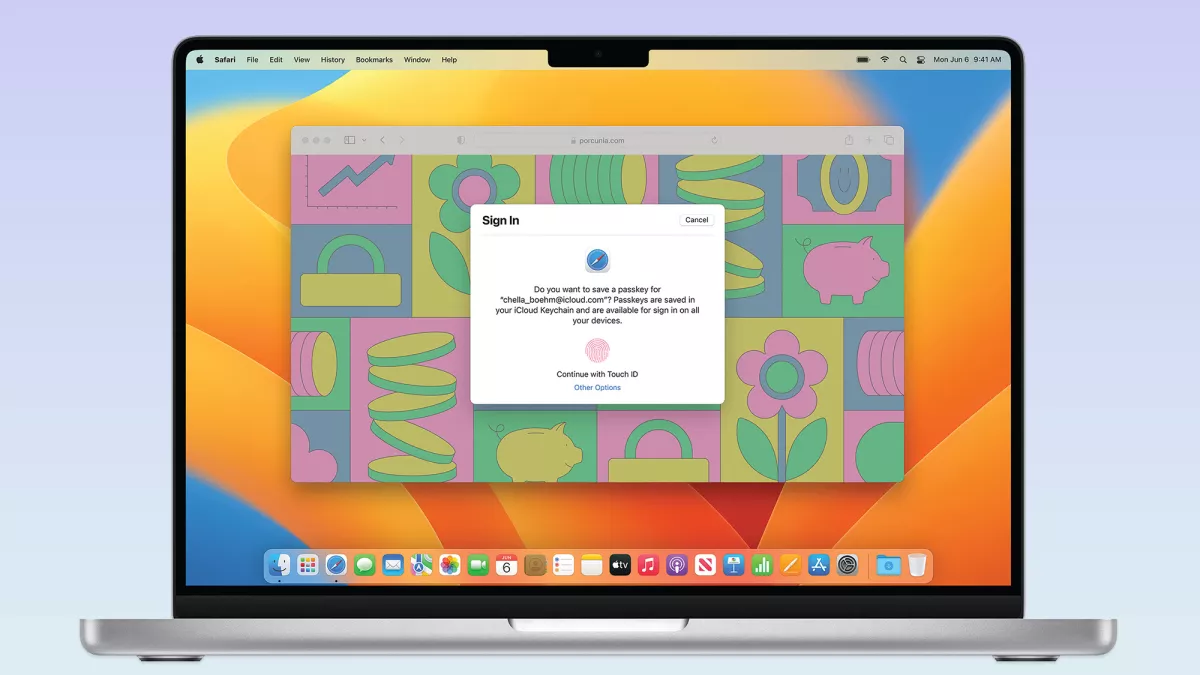We must examine social media’s impact on children

A child psychiatrist says that technology has gotten ahead of our ability to think about its impact on children.
Getty Images
It has been 20 years since I wrote an article for the Journal of the American Academy of Child and Adolescent Psychiatry titled “The Impact of Media on Children and Adolescents: A Ten-Year Review of the Research.” The article focused primarily on television, movies, music, music videos and video games — with only two paragraphs devoted to computers and the internet.
Broadband internet and smartphones did not exist. The research reviewed primarily was survey data about how many hours children used media and studies about the possible effect of violent media leading to violent behavior. What was clear was that all media have the capacity to teach and that media shape attitudes and behaviors. The discussion warned that media use would increase because of rapid advances in technology and “new forms yet to be developed.”
Recently, I began to think about the cohort of youngsters who have grown up consuming large quantities of media, especially “the new forms yet to be developed,” now known as social media. A child who was in the first grade when the article was written is now age 26. His whole life has been shaped by his experience with media, from his preteen years through his teenage years and now his early adult life.
He has likely played hours upon hours of video games, learned about sex through pornography and maybe even sent a picture on his cellphone of his genitals to someone he was intimately involved with. And if he felt isolated and angry with no one to send a picture to, he could find a group online that would welcome him in, identify with his rage and teach him some new ways to vent. None of this was possible for prior generations.
The debate and concern about what children learn preceded what I wrote by almost 40 years when television first came into being. Newton Minow and Craig Lamay’s 1995 seminal book, “Abandoned in the Wasteland: Children, Television and the First Amendment,” chronicled their 34 years of work thinking about how television had transformed American families.
Minow’s phrase, “vast wasteland,” was first used in a 1961 speech he gave shortly after President John F. Kennedy appointed him chairman of the Federal Communications Commission. After the speech he was alarmed that the phrase was quoted. He had intended to engage people in a discussion about defining the “public interest.” The FCC was charged with assuring that the public airways were used in the public interest, but Congress had failed to define what constituted the public interest.
Years have passed, and the debate about the public interest continues, made more complicated by sophisticated technology that has rapidly developed and been disseminated to practically every man, woman and child on the planet.
The American Academy of Pediatrics now issues warnings about toddlers using cellphones. Facebook, Twitter, YouTube and Instagram have taken over and are raising our children. It should be no surprise that folks who stormed the Capitol were doing so in the name of a reality television star whose misinformation posts on Twitter they had come to believe.
What was proposed years ago is needed now more than ever: to define public interest and teach media literacy. The internet is the public airways of the 21st century and must be treated as such by the FCC and held accountable to operate in the public interest, with the concept clearly defined. Second, media literacy must be a core component of public school education. This must begin as soon as possible in order to build an electorate that understands how media work.
A media literate electorate would question the sources of information, would look for signs of being manipulated, and would read and listen to a variety of sites and authors before forming an opinion. A media literate electorate would also have the ability to assess new knowledge and apply that knowledge to new situations.
We are a nation, and a world, at a perilous time in history in which technology has advanced rapidly and gotten ahead of our ability to think about the impact on children. Our way through this is not more knowledge or more technology. It is a recognition that we are all in this together and must be bound by what is in the public interest and consider what children are learning from media. We cannot abandon another generation to the wasteland.
Dr. V. Susan Villani is a child and adolescent psychiatrist at Sheppard Pratt and a fellow of the American Academy of Child and Adolescent Psychiatry.
©2021 The Baltimore Sun







